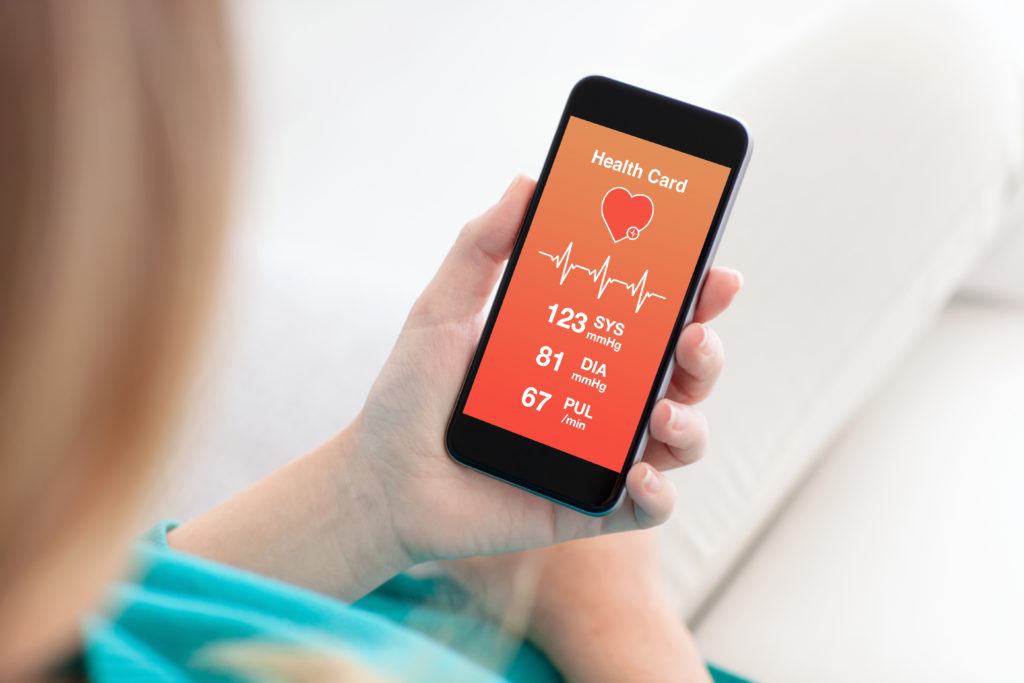
3 minute read
Mobile phones are ubiquitous, with data from GSMA Intelligence citing 5.27 billion unique mobile phone users around the world (Datareportal.com, 2021), and the number of users growing at a rate of 2.3% per year. This represents 66.9% of the population (Datareportal.com, 2021). According to a 2021 report by Statista, the United States alone claims over 290 million smart phone users, expected to grow to more than 294 million by 2025 (Statista.com, 2021).
Responding to needs for remote services during the pandemic, CMS increased reimbursement opportunities for telehealth, with organizations including the American Board of Family Medicine (ABFM), endorsing telehealth as essential to improving care access for vulnerable populations (Westby et al., 2021). Thinking about this on a global scale, mobile phones enable store and forward communication between healthcare providers and community volunteers in locations lacking brick-and-mortar facilities. In this sense, the mobile phone has become the 21st century version of China’s barefoot doctors during the 1960s.
All of this represents the tip of the iceberg for mHealth. When used in conjunction with wearable devices (e.g. smart watches), mobile phones become data sinks capable of performing computational analysis and transmission, increasing the flow of information between patients and providers. Products such as Apple HealthKit and Google Fit provide consumers with a convenient and intuitive means to collect biometric data, link it to their primary care patient portal, and by doing so, enable continuous monitoring of chronic medical conditions.
According to Statista, there are currently 53,054 mHealth apps available through the Google Play Store (Statista.com, 2021), and 53,979 available for iOS (Statista.com, 2021).
The quality and validity of these apps varies widely, but some, such as Kaia Health’s apps for low back pain and COPD have been or are currently being tested in randomized controlled clinical trials, and are reimbursed by some insurance providers, (Kaia Health, n.d.). In fact, research on Kaia’s low back pain app showed it to be superior to in-person physiotherapy and online education (Muoio, D., 2019; Toelle et al., 2019).
All of this leads one to consider whether the mobile phone has become the newest member of the integrated care team. Since mHealth is largely a 21st century phenomenon, it lacks the inherent biases of (siloed) traditional healthcare. mHealth apps seamlessly integrate physical and behavioral health because doing so is the essence to holistic health care. For example, the Kaia lower back pain app includes three components as part of the recommended care regime: corrective exercise, mindfulness meditation and patient education. More generally, mHealth apps for diabetes management meld patient education with diet and exercise counseling, blood glucose monitoring and if needed, insulin dosage calculation (Istepanian & Al-anzi, 2018).
COVID-19 has cast new light on the need for remote healthcare, which evolving technology is meeting with increasingly portable data acquisition and communications services. mHealth may indeed be our greatest hope for filling gaps in care that continue to cripple the US healthcare system.
References
Datareportal.com (2021). Digital around the world. https://datareportal.com/global-digital-overview
Istepanian, R. & Al-Anzi, T. (2018). mHealth interventions for diabetes remote monitoring and self-management: clinical and compliance issues. mHealth, 4(4). https://www.ncbi.nlm.nih.gov/pmc/articles/PMC5847844/
Kaia Health (n.d.). Kaia health for health plans. http://www.kaiahealth.com/solutions/msk/health-plans
Muoio, D. (2019). Study: Kaia Health’s back pain app outperforms standard therapy, online education. Mobile Healthcare News. https://www.healthcarenews.com/content/study-kaia-healths-back-pain-app-outperforms-standard-therapy-online-education
Statista (2021). Healthcare apps Google Play 2021. https://www.statista.com/statistics/779919/health-apps-available-google-play-worldwide/
Statista (2021). Number of mHealth apps available in the Apple app store from first quarter 2015 to first quarter 2021. https://www.statista.com/statistics/779910/health-apps-available-ios-worldwide/
Toelle, T., Utpadel-Fischler, D., Haas, K. & Priebe, J. (2019). App-based multidisciplinary back pain treatment versus combined physiotherapy plus online education: a randomized controlled trial. npj Digital Medicine, 34. http://www.nature.com/npjdigitalmed.
Westby, A. Nissly, T., Gieseker, A., Timmins, K. & Justesen, K. (2021). Achieving equity in telehealth: “centering the margins” in access, provision and reimbursement. Journal of the American Board of Family Medicine, 34, S29-S32. https://www.jabfm.org/content/34/Supplement/S29.full

Leave a Reply